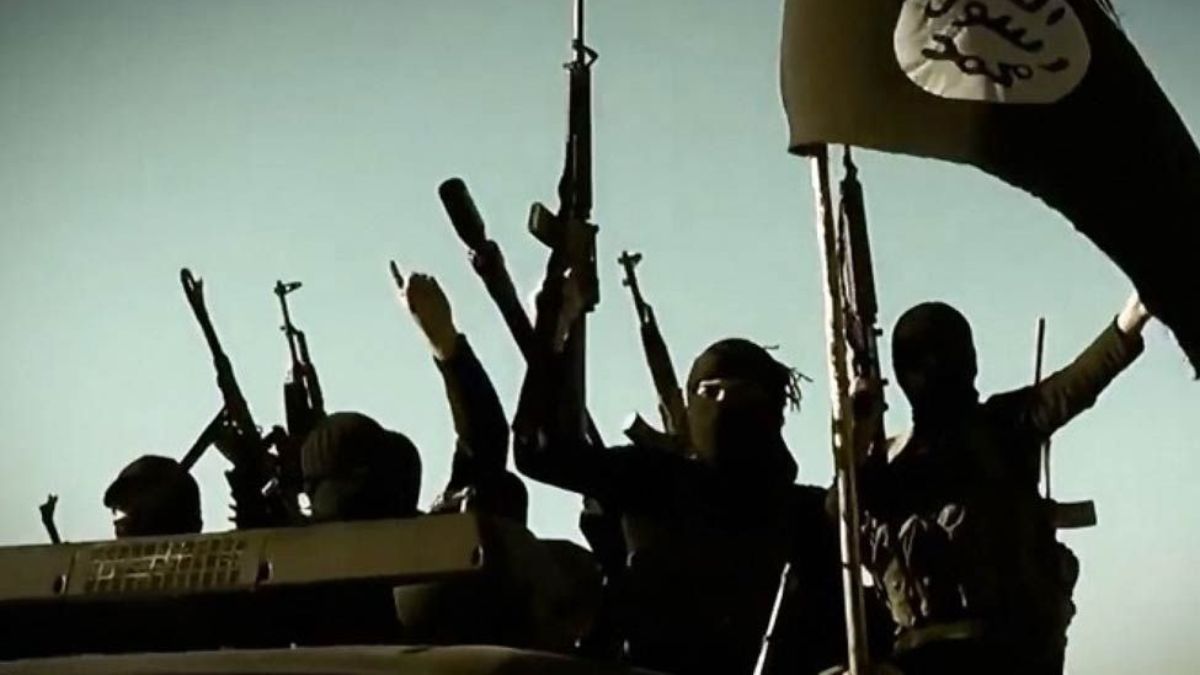Will Islamic State make a comeback amid Syria chaos?
 Representational image | AFP
Representational image | AFP
The dramatic power shift in Syria with the ouster of Bashar al-Assad and the takeover by Hayat Tahrir al-Sham (HTS) under the leadership of Ahmed al Sharra has revived concerns whether the Islamic State could make a comeback in the country. At the moment, there are about 10,000 Islamic State fighters and 40,000 of their family members being held in northeast Syria by the US-backed Kurdish militia, the Syrian Democratic Forces (SDF). As US President Donald Trump figures out his approach to Syria, there are reports about growing Islamic State attacks, suggesting the group is on a resurgent mode, which is a worry not just for Syria, but for the wider Middle East and even the world.
Islamic State is actually stronger in Syria than in Iraq these days, with most of their activity happening in the remote desert area of Badiya. What is quite alarming is the rise in attacks in central Syria, going up to about 600 last year, compared to just over a hundred in 2023. Recent incidents, like the attack in Deir Ez-Zor in April where an SDF fighter was killed and a few others injured, make it clear that the extremist group is still a danger.
Although the Islamic State is nowhere near as powerful as they were back in 2014-2015 when they controlled vast swathes of Iraq and Syria, they are definitely seeing the post-Assad chaos in Syria as an opportunity. The ongoing power struggle between HTS, the militias backed by Turkey, the Kurdish groups and what is left of the old regime have created a security crisis. Moreover, unsecured weapons lying around from the old government also makes it easier for Islamic State terrorists to rearm and regroup.
The prisons and detention centres holding the Islamic State fighters and their families are a real vulnerable spot. The SDF, which is guarding them, are also challenged by Turkish-backed forces, who see the SDF as being linked to the Kurdistan Workers’ Party (PKK). This constant fighting is stretching the SDF's resources thin. The situation is dire, evident from the prison break in Hasakah in 2022 where 400 people escaped. The Al Hol camp, where the Islamic State families are, has also seen people getting away during the recent upheaval. The UN has reported that an unspecified number have fled since Assad was ousted. These prisons are like Islamic State’s "crown jewels," and if there was a mass escape, it could really boost their numbers with experienced fighters and give them a massive propaganda win.
Trump's approach to Syria makes things even more complicated. The US did increase its troop presence to 2,000 towards the end of last year, and the air strikes have helped to keep Islamic State in check. But Trump's recent offer to try and mediate between Turkey and Israel suggests he prefers the diplomatic route rather than getting bogged down in more military action.
The Trump administration has been talking to the HTS-led government, with a meeting last month where it demanded the destruction of chemical weapons in exchange for easing sanctions. HTS has managed to disrupt some Islamic State plots in Damascus, but their control wavered during the massive sectarian violence in March, where over a thousand people, mostly Alawites, were killed, calling into question its ability to deal with the Islamic State threat.
Washington could really focus on helping the SDF to better secure the Islamic State detention facilities, making sure the fighters stay locked up or are sent back to their home countries. To do this, it needs to address the Turkey backed incursions. Trump's offer to mediate could help ease those tensions, allowing the SDF to concentrate on Islamic State. The deal signed on March 11 to bring the SDF into Syrian state institutions, which the US encouraged, is a positive step, but its implementation may not be easy.
The US also needs to think about encouraging talks between HTS and the SDF to try and unite the Kurdish areas under Syrian rule. This could help reduce the regional divisions that Islamic State loves to exploit. Making sure those old regime weapons don't fall into Islamic State hands is also crucial, although HTS's limited authority makes this a tricky task.
If Islamic State does manage to bounce back, it could really mess things up in Iraq, where the US-led coalition is planning to end its mission by September. It could also lead to more global threats, like the attacks that rocked Iran and Russia sometime ago. Meanwhile, the al Sharra government in Syria talks about being inclusive, but their Islamist background and the fact that they don't have a firm grip on things are worrying.
Trump's team has a tough balancing act – they face pressure from the MAGA core to pull back, but they also need to prevent Islamic State from making a comeback. By supporting the SDF, encouraging unity in Syria and trying to ease the tensions between Turkey and the Kurds, the US could help bring some stability. Otherwise, there is a real risk of an Islamic State resurgence, threatening the whole of the Middle East and beyond.
Middle East